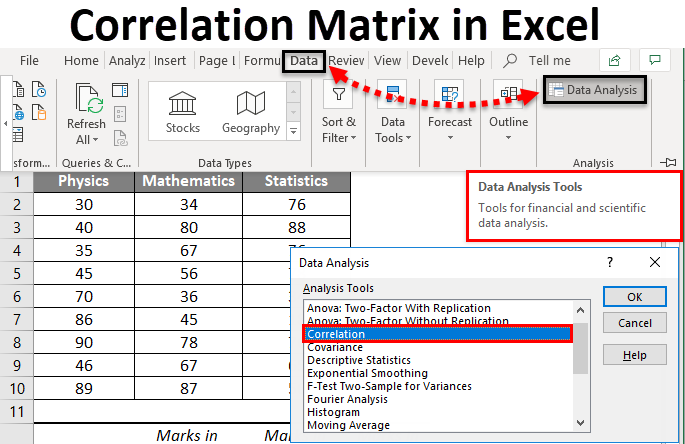
Standard deviation is also used in finance and investment analysis. A low standard deviation indicates that the product is consistently meeting the desired specifications, while a high standard deviation suggests that there may be issues with the manufacturing process that need to be addressed. In manufacturing, standard deviation can be used to measure the consistency of a product's performance or output. This measure can be used to compare data sets, identify outliers, and make predictions based on probability analysis.Īnother important use of standard deviation is in quality control. A low standard deviation indicates that the data is tightly clustered around the mean, while a high standard deviation suggests that the data is more spread out. Standard deviation is an important concept in statistics because it measures the degree of variability or uncertainty in a sample or population of data.

What is Standard Deviation and Why is it Important? Mastering the Art of Standard Deviation Calculation with Practice Exercises and Examples.Advanced Applications of Standard Deviation in Statistical Analysis with Excel.Common Misconceptions about Standard Deviation in Excel Debunked.Using Standard Deviation to Interpret Data Trends and Make Informed Decisions.Best Practices for Presenting and Visualizing Standard Deviation Data in Excel.Comparing Multiple Data Sets with Standard Deviation Analysis in Excel.Troubleshooting Common Errors in Excel When Calculating Standard Deviation.



 0 kommentar(er)
0 kommentar(er)
